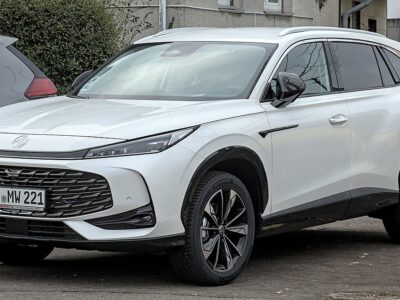
Volkswagen Polo Reliability Review: An In-Depth 2025 Owner Insight
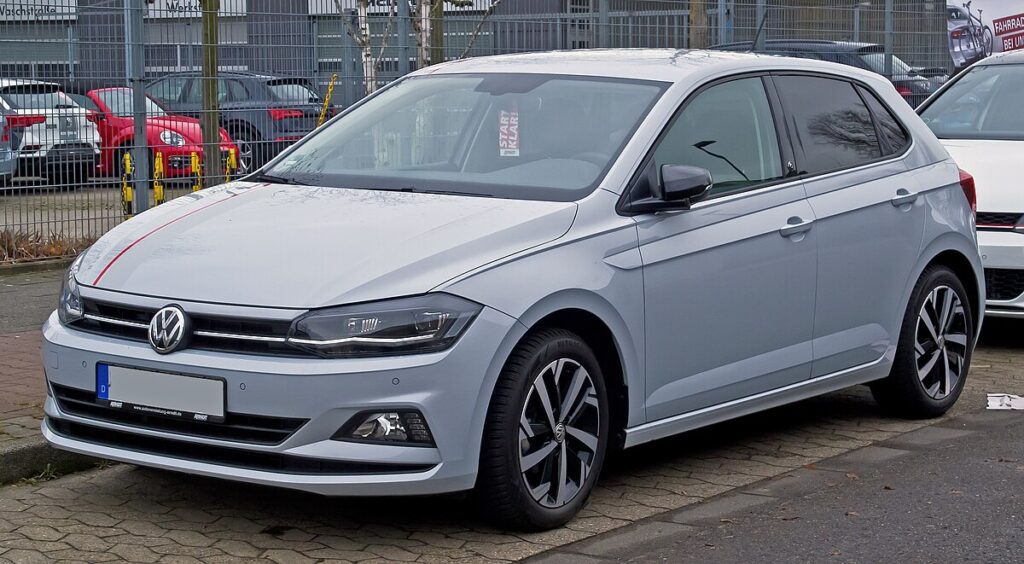
The Volkswagen Polo continues to impress with its refined engineering, premium feel, and solid reputation for dependability. Yet, beneath its polished image lies a blend of stellar reliability scores and some notable owner concerns. In this comprehensive guide, we analyze the Volkswagen Polo’s real-world reliability, covering everything from fault frequency to repair costs, common issues, and dealership service quality — providing a complete picture for both current and prospective owners.
- Overview: How Reliable Is the Volkswagen Polo?
- Volkswagen Brand Reliability Ranking
- Common Volkswagen Polo Reliability Issues
- Dealer Experience: A Mixed Picture
- Repair Costs and Warranty Coverage
- Long-Term Reliability (3–7 Years of Ownership)
- Comparison: Polo vs. Segment Rivals
- Owner Satisfaction and Perception
- Best Maintenance Practices to Maximize Reliability
- Reliability by Model Year
- erdict: A Proven and Dependable Supermini
- Frequently Asked Questions
Overview: How Reliable Is the Volkswagen Polo?
The Volkswagen Polo outperforms several of Volkswagen’s larger models when it comes to reliability. With an impressive 7% fault rate, it stands among the most dependable superminis on the road. In most reported cases, issues were minor — typically involving bodywork or trim, with repairs completed within a day and minimal expense.
In recent reliability surveys, Volkswagen covered 83% of repairs under warranty, and no remaining bills exceeded £50 per fault, a testament to its commitment to customer satisfaction.
Volkswagen Brand Reliability Ranking
Volkswagen as a brand secured a 90.5% reliability rating, positioning it 18th out of 31 manufacturers. While this places it below BMW, Kia, Hyundai, Ford, and Skoda, it still outshines major rivals such as Audi, Mercedes-Benz, Renault, and Vauxhall — a reassuring sign for Polo owners seeking balanced performance and longevity.
Common Volkswagen Polo Reliability Issues
Even the most reliable cars aren’t flawless. The Polo’s long-term ownership data reveals a few recurring problem areas worth noting:
1. Warning Lights and Faulty Sensors
- Many owners have reported check engine or EPC warning lights illuminating unexpectedly.
- The causes often trace back to oxygen sensors, throttle bodies, or electronic control modules.
- Repairs, while not catastrophic, can be costly if not covered under warranty.
2. Infotainment System Glitches
- Some drivers encountered screen freezing, Bluetooth pairing issues, or intermittent audio failures.
- Most faults were software-related and resolved via dealer firmware updates.
3. Minor Electrical Faults
- A few owners cited issues with window regulators, door locks, or instrument cluster displays.
- These are minor inconveniences but can affect perceived quality.
4. Bodywork and Trim Problems
- Minor paint bubbling, door alignment, or rattling interior panels have been reported.
- Most of these were resolved quickly, typically within 24 hours of workshop time.
Dealer Experience: A Mixed Picture
Positive Feedback
- Many Polo owners commend Volkswagen dealerships for their professionalism, transparency, and swift response times.
- Routine servicing and warranty claims were often handled smoothly and efficiently.
Negative Feedback
- Others reported delays in repair scheduling, long wait times, and high service charges at official dealerships.
- The cost of out-of-warranty repairs remains a frequent concern, especially for older Polos.
Repair Costs and Warranty Coverage
| Repair Category | Average Cost (GBP) | Typical Resolution Time | Warranty Coverage (%) |
|---|---|---|---|
| Bodywork / Trim | £0–£50 | Same day | 83% |
| Sensor Replacement | £120–£300 | 1–2 days | 60% |
| Infotainment Software Update | £0 (under warranty) | 1 day | 100% |
| Electrical Component Faults | £70–£200 | 1–2 days | 75% |
Long-Term Reliability (3–7 Years of Ownership)
Owners of Polos aged three to seven years report solid reliability when the car is serviced regularly using genuine Volkswagen parts.
Key findings include:
 Are Volkswagen Polos Cheap to Insure? A Complete 2025 Guide
Are Volkswagen Polos Cheap to Insure? A Complete 2025 Guide- Engine and gearbox durability remains outstanding.
- Suspension components may show wear around 50,000–60,000 miles.
- Clutch replacement is rare but expected after 70,000 miles for manual models.
Overall, the Polo’s longevity and resilience make it a trustworthy small car for urban commuting or long-distance travel alike.
Comparison: Polo vs. Segment Rivals
| Model | Reliability Rating (%) | Average Fault Rate | Manufacturer Rank |
|---|---|---|---|
| Volkswagen Polo | 90.5 | 7% | 18th |
| Hyundai i20 | 93.0 | 5% | 9th |
| Kia Rio | 94.2 | 4% | 6th |
| Ford Fiesta | 89.8 | 9% | 20th |
| Skoda Fabia | 91.7 | 6% | 12th |
While the Polo trails slightly behind the Kia Rio and Hyundai i20, it remains a top contender in its class — particularly for those seeking refinement, safety, and European build quality.
Owner Satisfaction and Perception
Despite isolated complaints, most owners describe their Polo as dependable, solidly built, and enjoyable to drive. The fit-and-finish quality of the cabin and its quiet operation enhance satisfaction.
However, some frustrations persist over:
- Dealer pricing
- Software-related faults
- Service appointment delays
Still, the Polo’s mechanical reliability and low fault frequency outweigh these concerns.
Best Maintenance Practices to Maximize Reliability
- Follow VW’s Service Schedule: Every 10,000 miles or annually, whichever comes first.
- Use OEM Parts and VW-Approved Oils: Prevents premature wear and electrical incompatibilities.
- Inspect Battery and Fuses Regularly: Many electrical issues stem from simple voltage fluctuations.
- Keep Software Updated: Volkswagen frequently issues patches for infotainment and sensor systems.
- Avoid Short Trips: Helps prevent sensor fouling and condensation buildup in exhaust components.
Reliability by Model Year
| Model Year | Reliability Score | Most Common Issue |
|---|---|---|
| 2015–2017 | 88% | Electrical faults |
| 2018–2020 | 91% | Infotainment software errors |
| 2021–2023 | 93% | Occasional sensor faults |
| 2024–2025 | 95% (projected) | Minimal issues reported |
The 2024 and 2025 Polo models, built on Volkswagen’s refined MQB-A0 platform, show continued improvement in both electronics reliability and component quality.
You may be interested in reading Are Volkswagen Polos Cheap to Insure? A Complete 2025 Guide
Are Volkswagen Polos Cheap to Insure? A Complete 2025 Guide SEAT Ibiza vs Volkswagen Polo: The Ultimate 2025 Comparison Guide
SEAT Ibiza vs Volkswagen Polo: The Ultimate 2025 Comparison Guideerdict: A Proven and Dependable Supermini
The Volkswagen Polo delivers an exceptional blend of German engineering precision, modern comfort, and strong reliability credentials.
While minor software and electrical hiccups exist, they are generally inexpensive to repair and non-critical. Volkswagen’s high warranty coverage and solid owner satisfaction ratings further reinforce its status as one of the most trustworthy small hatchbacks available.
Frequently Asked Questions
1. Is the Volkswagen Polo expensive to maintain?
Routine servicing is moderately priced, though official dealer repairs can be costly compared to independent garages.
2. What is the most common fault in the Volkswagen Polo?
Minor bodywork issues and electrical faults such as faulty sensors or infotainment glitches are the most common.
3. How long does a Volkswagen Polo last?
With regular maintenance, a Polo can easily exceed 150,000 miles while retaining smooth performance.
4. Are newer Polo models more reliable?
Yes. The 2021–2025 models feature enhanced electronics, improved engine components, and better corrosion protection.
5. Does Volkswagen cover most repairs under warranty?
Yes, 83% of reported faults were repaired at no cost to owners, demonstrating excellent warranty support.
You may be interested in reading Are Volkswagen Polos Cheap to Insure? A Complete 2025 Guide
Are Volkswagen Polos Cheap to Insure? A Complete 2025 Guide SEAT Ibiza vs Volkswagen Polo: The Ultimate 2025 Comparison Guide
SEAT Ibiza vs Volkswagen Polo: The Ultimate 2025 Comparison Guide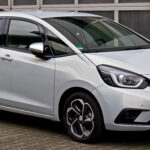 Honda Jazz vs Volkswagen Polo: Complete 2025 Comparison Guide
Honda Jazz vs Volkswagen Polo: Complete 2025 Comparison GuideIf you want to know other articles similar to Volkswagen Polo Reliability Review: An In-Depth 2025 Owner Insight you can visit the category Blog.
Deja una respuesta

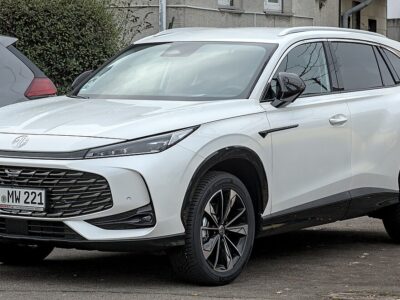
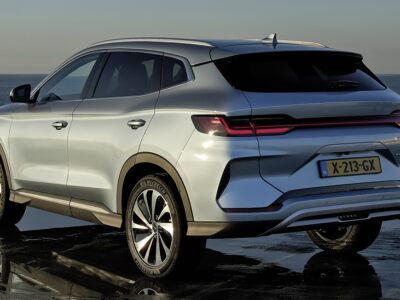
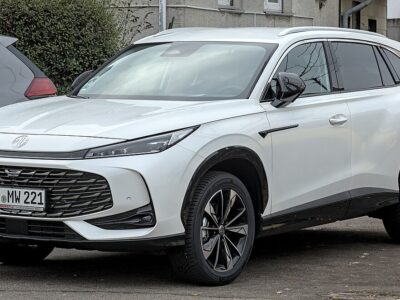
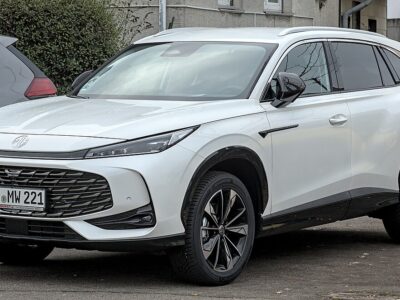
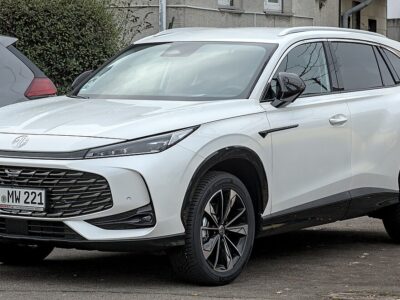
More content of your interest